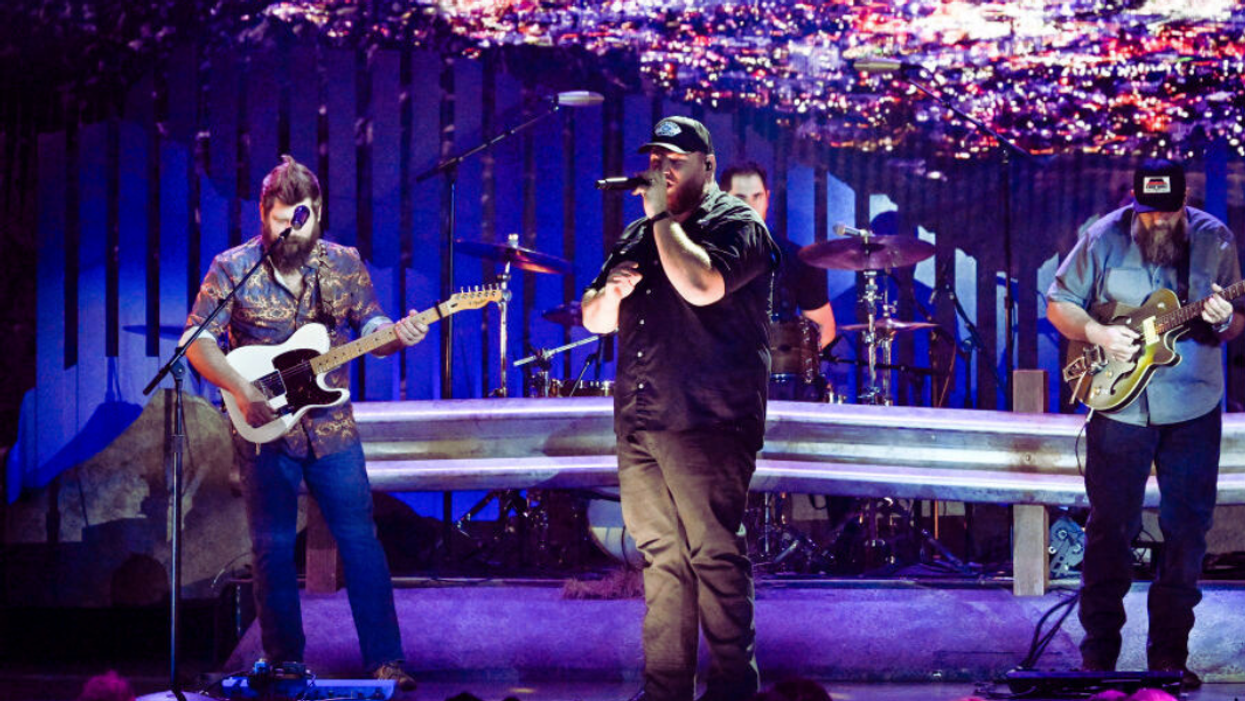David Nevins is co-publisher of The Fulcrum and co-founder and board chairman of the Bridge Alliance Education Fund.
I was watching the 2023 Country Music Awards last week and was struck by a song near the end of the awards ceremony, “Love Can Build a Bridge”.
This song written by Naomi Judd, Paul Overstreet, and John Barlow Jarvis, and recorded by American country music duo The Judds was released in 1990.
Yet, the lyrics are as powerful today as they were when they were written over thirty years ago. As I listened to the lyrics, I thought that it must be a song about bridging the divide that is separating our nation.
Love can build a bridge
Between your heart and mine
Love can build a bridge
Don't you think it's time?
Don't you think it's time?
I would whisper love so loudly
Every heart could understand
That love and only love
Can join the tribes of man
I would give my heart's desire
So that you might see
The first step is to realize
That it all begins with you and me
But I was wrong. I was quite surprised to discover that the song by Naomi Judd was dedicated to the Judd family and fans as a goodbye, as at the time, Naomi was chronically ill with Hepatitis C and was forced to retire. While the song was not at all political, its message about the importance of always standing together is a lesson that our nation surely must learn.
The audience was obviously moved as Jelly Roll and K. Michelle sang with power and obvious emotion and I couldn’t help but think that country music could serve as a powerful force to bridge the divides that are separating us as a nation.
So, I did a bit of research and discovered that in early 2021 famous country singer Luke Combs wrote and performed the song, “The Great Divide,” that connected politics and country music. At the time, Combs told The Rolling Stone that the song was an interpretation of the conflict and tension we had been witnessing at the time he wrote it.
The lyrics speak powerfully to the conflict in America:
We're striking matches on the TV
Setting fires on our phones
Bearing crosses we believe in dying on
Tempers flare, the flame flies higher
As we soar closer towards the sun
But I like to think too much damage ain't been done
We're all so far, so far apart now
It's as deep as it is wide
We're about to fall apart now
If we can't reach the other side
Other country superstars have spoken out about finding common ground. Garth Brooks was widely criticized by many of his fans for performing at President Biden's inaugural but fended of the criticism with this message of unity:
"I'll tell you with this whole presidential thing: We got one going out. Pray for him and his family. And for the president going in, pray for him and his family to guide this nation," Brooks said at the time. "Let's stay together. Love, unity -- that's what it's all about." He continued, "We can't thank the Obamas enough for serving this country," he said. "And may God hold Trump's hand in the decisions that he makes in this country's name as well."
Listen to both “Love Can Build a Bridge” and “The Great Divide” and see if you feel the amazing healing and connecting powers music can have on us. And just imagine how if this energy for good were amplified and scaled.
Jelly Roll and K. Michelle Perform "Love Can Build A Bridge" at the The CMA Awards




















